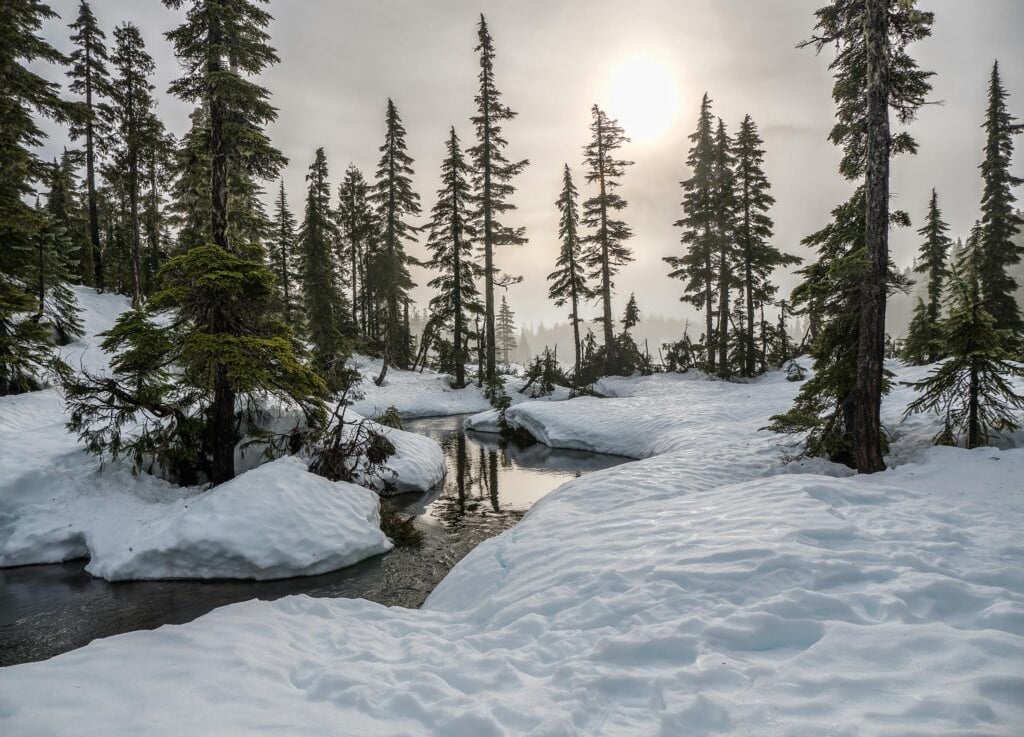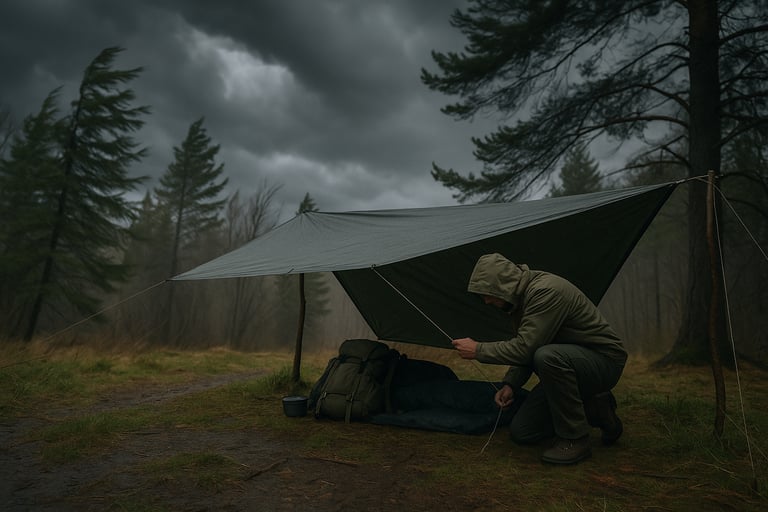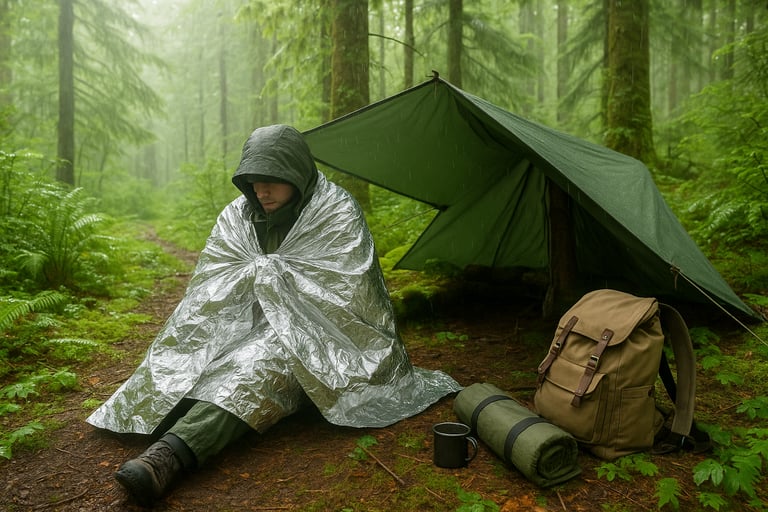Weathering the Storm: Essential Wilderness Survival Tips for Bad Weather
Learn how to survive bad weather in the wild with smart shelter strategies, storm safety tips, and gear essentials. This guide covers everything from handling high winds and rain to staying warm in extreme cold.


Weathering the Storm: Essential Wilderness Survival Tips for Bad Weather
Understanding the Risks of Harsh Wilderness Weather
When you're out in the wild, weather can shift fast and quickly turn a peaceful trip into a dangerous situation. Thunderstorms, high winds, snow squalls, and driving rain all demand different survival strategies. The key to staying safe is preparing for the unexpected and knowing how to adapt. Whether you're in the mountains, desert, or forest, understanding weather risks is a must-have wilderness survival skill.
Before you head out, it helps to know how to survive thunderstorms in the wilderness, including what to do if you're caught without shelter.
Staying Dry: Your First Line of Defense
Exposure is one of the biggest threats during bad weather. Getting wet can quickly lead to hypothermia, even in mild temperatures. Always pack a reliable rain poncho, waterproof layers, and a tarp or emergency bivvy. Staying dry isn't just about comfort — it can be a matter of survival. Set up camp away from low-lying areas or dry riverbeds, which can flood quickly in a storm. And knowing how to build a tarp shelter can be a game-changer when you need quick protection from rain and wind.
Wind Protection: Shielding Your Shelter
Strong winds can flatten tents, rip tarps, and send gear flying. If a storm is coming, pick your shelter location carefully. Look for natural windbreaks like rock walls, dense vegetation, or fallen logs. Use extra guy lines, low shelter angles, and secure your gear inside your pack or under weight. A properly anchored tarp or low-profile shelter can keep you dry and safe without drawing the wind's full force.
Staying Warm in Sudden Cold Fronts
A passing storm can bring a dramatic drop in temperature. Always carry extra insulating layers, even if the forecast looks good. Base layers, a thermal emergency blanket, and dry socks are lightweight but powerful tools for maintaining body heat. If you're caught in a cold snap, focus on staying dry, building a wind-resistant shelter, and consuming calories to keep your energy up.
Even if you’re only out for the day, knowing how to layer for extreme cold can make all the difference if the weather turns.
Lightning Safety: What to Do in a Thunderstorm
If you hear thunder, it means lightning is close enough to strike. Avoid exposed ridgelines, tall isolated trees, and open meadows. If caught out, find lower ground but avoid dry streambeds. Crouch low with minimal contact with the ground and spread your group out. Never shelter under a lone tree, and keep metal gear (like trekking poles) away from your body.
Mental Preparation and Calm Under Pressure
Bad weather can stir up panic, especially if you're tired, wet, or unsure of what to do. One of the most important tools you carry is your mindset. Take a deep breath, assess your surroundings, and start with small, actionable steps: shelter, warmth, and hydration. Survival is about staying calm and adapting.
Final Thoughts: Preparedness is Protection
Understanding how to survive bad weather isn't just for hardcore adventurers, it’s for anyone who ventures off the grid. Build your skills, pack smart, and respect the power of nature. Storms may be unavoidable, but with preparation, they don’t have to be dangerous.




© 2025. All rights reserved About | Privacy Policy | Terms and Conditions | Affiliate Disclosure | Disclaimer


